Soccer is a beloved sport enjoyed by millions around the world. One important aspect that can greatly influence a player’s development and performance is the size of the soccer ball they use. With different sizes designed for various age groups and skill levels, selecting the right ball is crucial for effective training and gameplay. This article will delve into soccer ball size by age, discussing the different types of balls, their recommended uses, and how they impact young players’ skills and development.
Understanding Soccer Ball Sizes
The Standard Sizes of Soccer Balls
Soccer balls come in multiple sizes, typically categorized into sizes 3, 4, and 5. Size 5 is the standard for adults and professional play, while sizes 3 and 4 cater to younger players. Each size is designed to accommodate the physical capabilities and skill levels of players at different stages of their soccer journey.
- Size 5: This is the largest soccer ball, with a circumference of about 68-70 centimeters (approximately 27-28 inches). It is used primarily by players aged 13 and older.
- Size 4: A smaller ball than size 5, size 4 has a circumference of 63-66 centimeters (approximately 25-26 inches). It is suitable for players aged 8 to 12 years.
- Size 3: The smallest size, size 3, is about 61-62 centimeters in circumference (approximately 24 inches). It is primarily used for children under 8 years old and is often recommended for early development.
Supplying players with the right size ball is essential for their overall development. Using an appropriate ball size allows players to learn to control the ball effectively, improving their skills and confidence on the field.
The Importance of Choosing the Right Size
Choosing the appropriate soccer ball size by age is crucial for training and gameplay. A ball that is too large or heavy can discourage young players and make it difficult for them to learn basic skills. Conversely, using a ball that is too small may not provide the necessary challenges for developing control and strength.
When young players use the right size, they are likely to experience more enjoyment during play. This enjoyment fosters a love for the game and encourages continued participation. In this way, selecting properly soccer ball size by age aids in skill development and cultivates a positive playing experience.
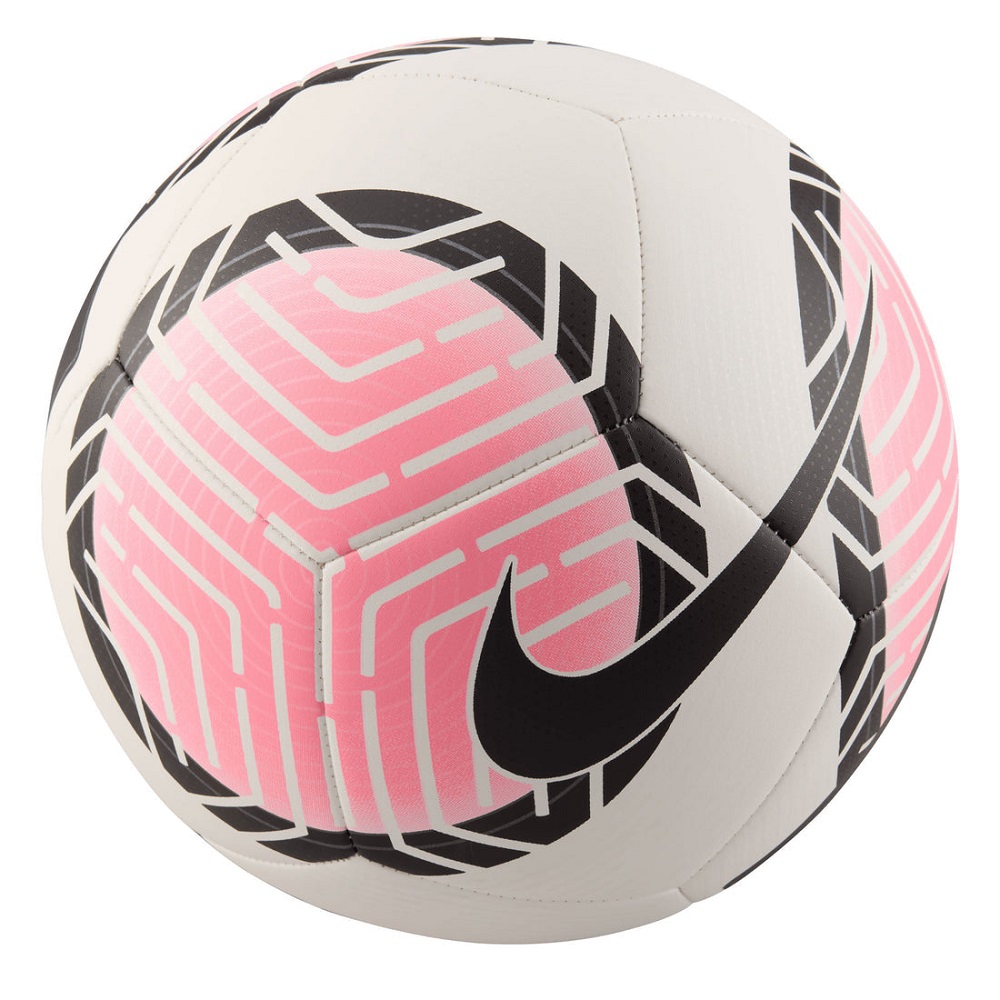
Soccer Ball Size for Children Under 8
Size 3 Soccer Balls
Soccer experts universally recommend the size 3 soccer ball for children under the age of 8, as manufacturers design it to be lightweight and smaller in circumference, making it easier for young players to handle and control. At this age, children are developing their motor skills and coordination, which is essential for their growth in soccer.
The size 3 ball allows young players to practice basic skills without being overwhelmed. Dribbling, passing, and shooting become more accessible with a lighter ball that is easier to kick. Coaches and parents can focus on building confidence in young players, establishing a strong foundation for future development.
Furthermore, many youth organizations use size 3 balls in league play. This consistency helps young players become accustomed to the size, improving their game experience. As players gain confidence, they are more likely to continue participating and developing their skills.
Fun & Developmental Activities
Utilizing size 3 balls opens the door for various fun and developmental activities. Dribbling drills, passing games, and shooting exercises can be tailored to young players’ abilities, fostering an environment of learning and enjoyment. Encouraging teamwork and play helps build social skills as well.
Including small-sided games, such as 3v3 or 4v4 matches, allows children to practice in game-like situations. These games create opportunities for more touches on the ball, essential for refining their skills. Learning to work collaboratively with teammates also enhances their understanding of the game and promotes a love of soccer.
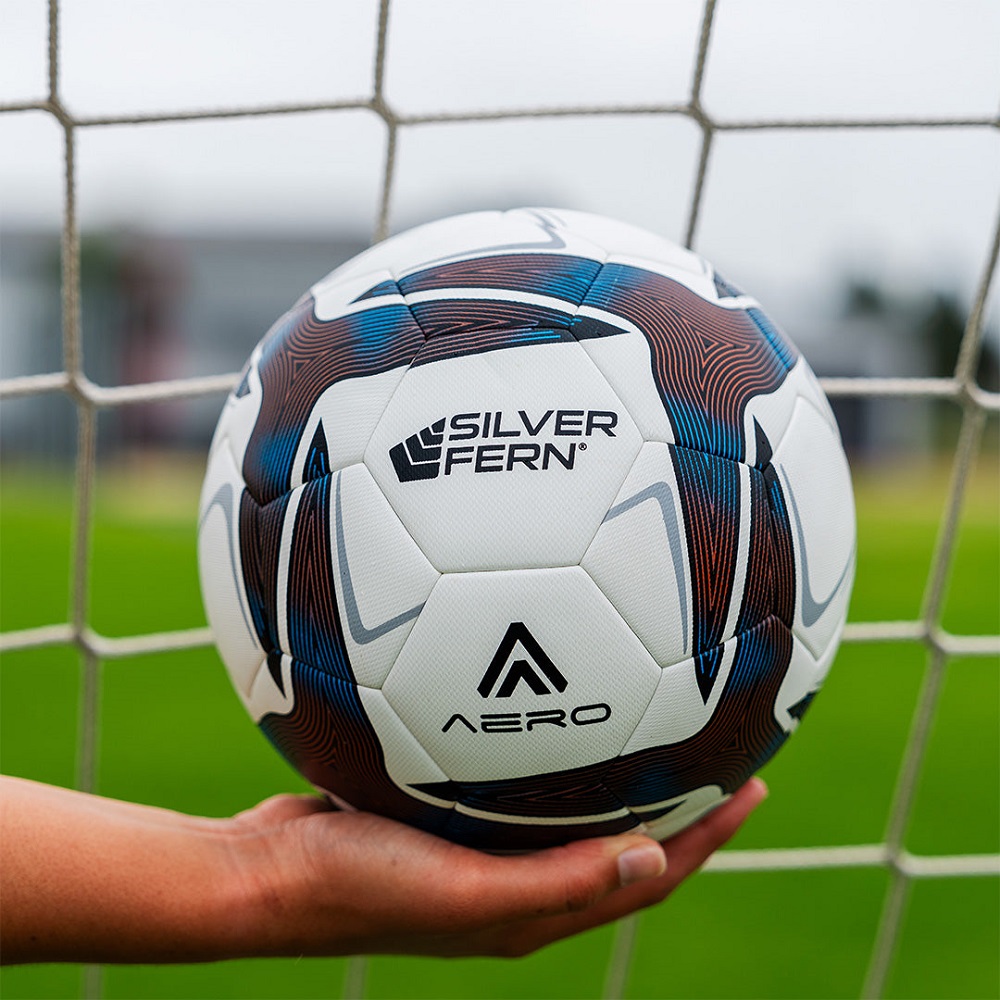
Soccer Ball Size for Players Aged 8 to 12
Size 4 Soccer Balls
As players progress to ages 8 through 12, the size 4 soccer ball becomes the standard. This ball has a larger circumference than size 3, typically measuring 63-66 centimeters. The size 4 ball offers a good balance between being manageable for young players and providing a challenge suitable for their growing skills.
Players in this age group are refining their technical abilities and developing tactical awareness. Using a size 4 ball allows for greater control and shooting distance, enabling them to hone their skills effectively. This transition helps them prepare for more competitive play as they approach their teenage years.
Importance of Skill Development
At this stage, practicing skills becomes more critical. Young players should engage in various drills that focus on ball control, passing accuracy, and shooting techniques. Coaches can introduce drills that incorporate size 4 balls to enhance training sessions, providing specific feedback based on players’ performance.
In addition to technical skills, it’s essential for this age group to understand game strategy. Players should learn about positioning, teamwork, and decision-making, which are vital for success on the field. The right ball size will allow them to experiment with these concepts while still focusing on individual skill development.
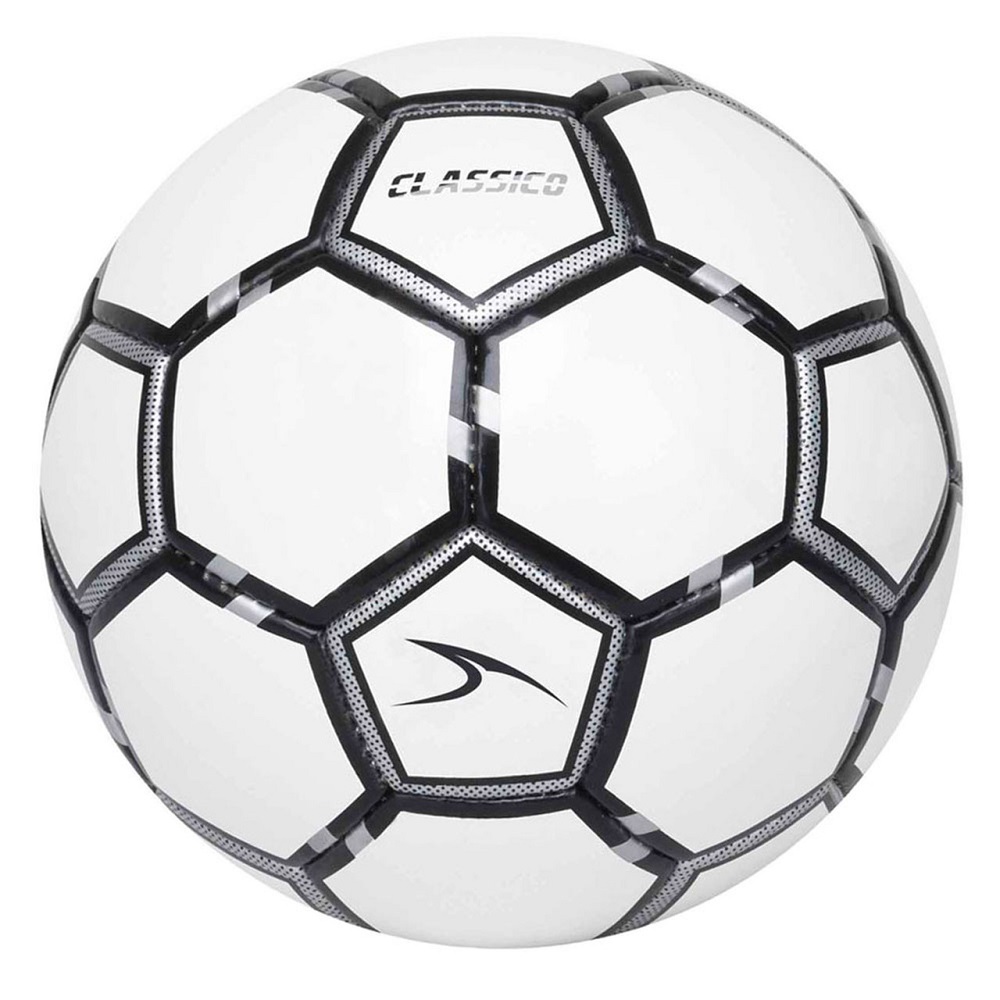
Soccer Ball Size for Players Aged 13 and Older
Size 5 Soccer Balls
Once players reach the age of 13, they generally transition to using size 5 soccer balls. Manufacturers design size 5 balls with a circumference of 68-70 centimeters to meet the demands of youth and adult soccer. Players benefit from using size 5 balls as they become accustomed to handling larger and heavier equipment, honing their skills for competitive play.
Utilizing size 5 balls is essential as players embark on higher levels of competition. These balls allow them to practice techniques that will translate to real match situations. From youth leagues to high school and college soccer teams, size 5 balls dominate the game at this stage.
Skill Refinement and Tactical Play
At this level, players focus on refining their techniques—such as powerful shooting, accurate passing, and advanced ball control. Size 5 balls also provide appropriate challenges for players to develop their strength and agility on the field.
Coaches may introduce more complex drills that incorporate size 5 balls, emphasizing tactical aspects of the game. As strategies become more intricate, young athletes must learn how tomake quick decisions during gameplay. Size 5 soccer balls serve as a critical tool in preparing players for the competitive nature of soccer at higher levels.
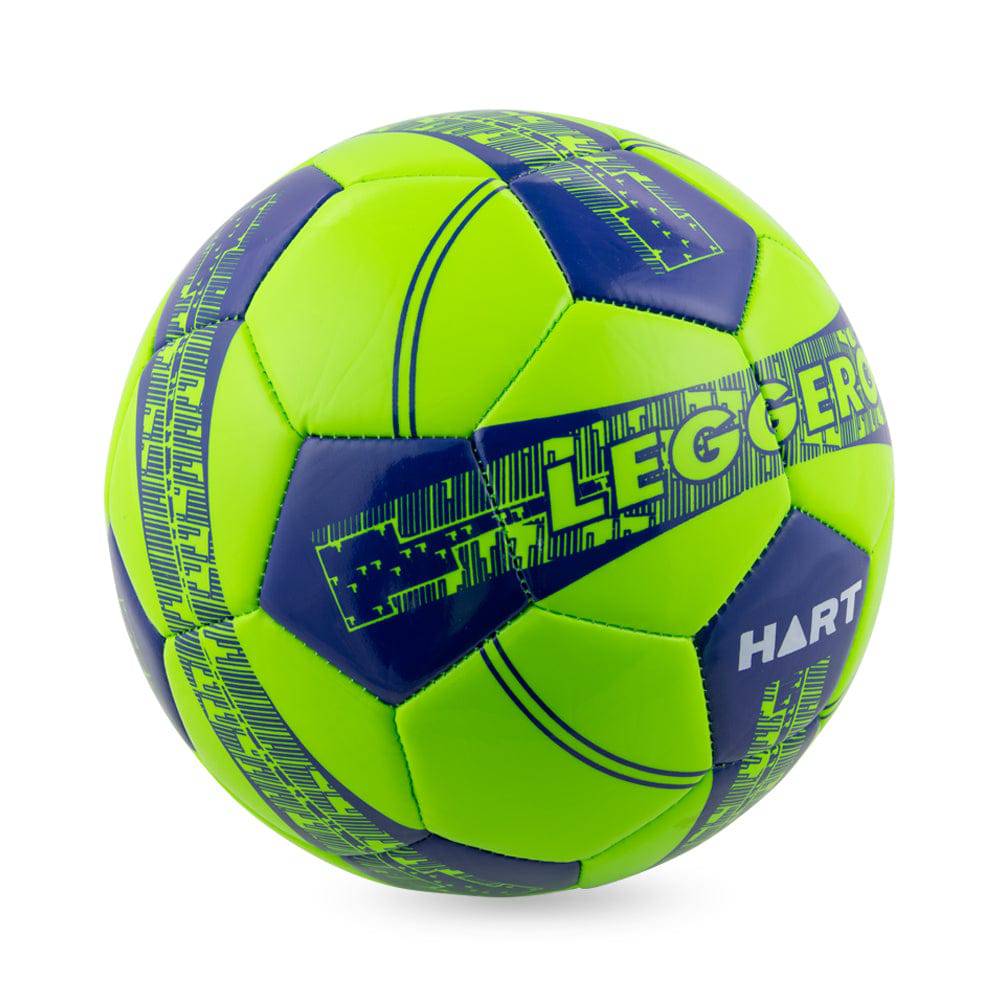
Soccer Ball Sizes in Competitive Play
Addressing League Regulations
Understanding league regulations regarding soccer ball size by age is essential for players and coaches. Most governing bodies have standardized sizes for youth and adult leagues to maintain consistency across play. Players should familiarize themselves with the specific requirements for their age group and the league in which they compete.
Youth leagues often clearly state the size of soccer balls needed for games and practice. Compliance with these regulations ensures that players gain experiences that align with their development goals. Coaches should stress the importance of using the correct size to maximize their players’ training outcomes.
Participating in Tournaments
For players participating in tournaments or competitive matches, using the proper soccer ball size by age is vital. Each tournament will typically have guidelines specifying age groups and their corresponding ball sizes. Understanding these requirements ensures that players are prepared and able to compete at their best.
Utilizing size-appropriate balls helps players feel confident and at ease during matches. This familiarity can provide a competitive advantage as players adapt to the game environment. Attention to detail when it comes to soccer ball size by age can positively affect overall performance and enjoyment of the game.
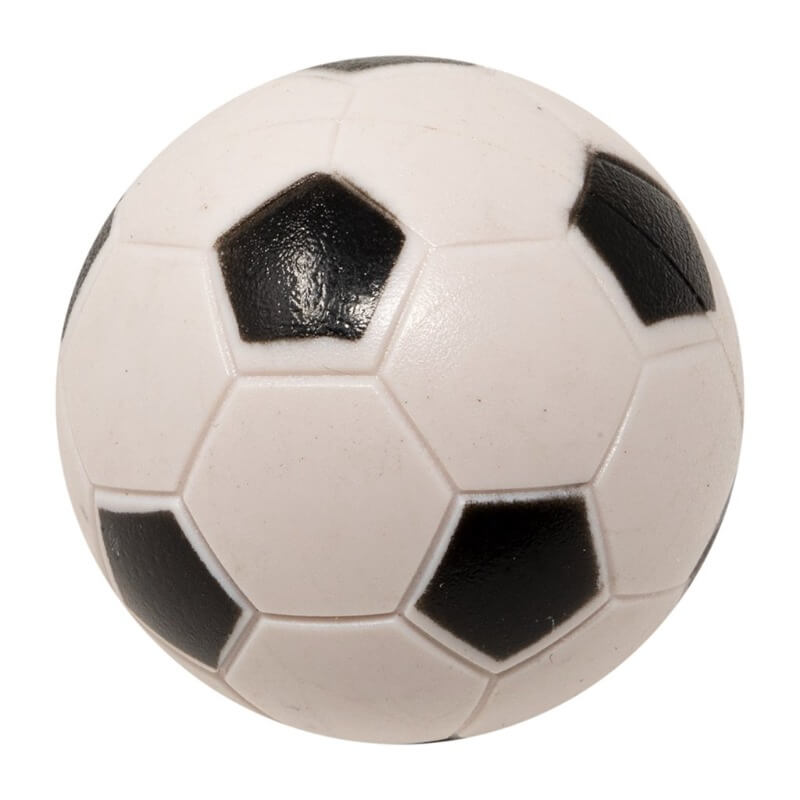
The Impact of Using Incorrect Sizes
Skill Development Challenges
Using the incorrect soccer ball size can hinder a player’s development. For young players, using a ball that is too large may make ball control feel impossible and discouraging. They may struggle with fundamental skills, leading to frustration and a lack of confidence.
Conversely, players who use a ball that is too small may not develop the strength and technique required for success in competitive play. Such imbalances can create gaps in their skill set and understanding of the game, impacting their long-term athletic journey.
Developing Poor Habits
Incorrect ball sizes can also lead to poor habits on the field. Players may develop compensatory techniques to manage the disparity in size. For instance, using a larger ball may cause players to rely more on their bodies for control rather than developing proper footwork.
These habits can be difficult to break later on, as players may struggle to adapt their skills to regulation ball sizes. Fostering the correct techniques early in their development ensures players build a proper foundation for future success. Proper ball size selection directly contributes to effective training and encourages good habits that become ingrained over time.
Getting the Right Soccer Ball
Factors to Consider When Purchasing
When purchasing a soccer ball, several factors should be taken into account: size, material, branding, and price. Ensure you choose the correct size for your age group, as mentioned earlier.
Material is another important consideration. Soccer balls can be made from various materials, such as synthetic leather, rubber, or PVC. Higher-quality balls, often made from synthetic leather, provide better durability and performance. Look for balls that are specifically designed for the intended playing surface, whether it be turf, grass, or indoor.
Investing in Quality Equipment
Investing in a quality soccer ball is crucial for enhancing performance and enjoyment. While it can be tempting to purchase the least expensive option available, a durable ball will withstand the wear and tear of regular use. High-quality balls also offer better flight stability and touch, making it easier for players to control.
When considering soccer balls, check user reviews and ratings to help guide your decision. Look for options recommended by coaches or experienced players who have found success with specific brands or models. By choosing the right ball, players can ensure they are maximizing their practice time while gaining the most benefits from their training sessions.
The Key to Success in Soccer
In conclusion, understanding soccer ball size by age is vital for every player. From children under 8 years old using size 3 balls to teenagers transitioning to size 5, each step of the journey requires the appropriate equipment for effective skill development. The right ball enables players to cultivate their abilities, build confidence, and develop a love for the game.
As players progress through their soccer journey, adhering to size guidelines and understanding their importance will enhance performance and enjoyment. This knowledge helps in making informed decisions about purchasing equipment, contributing to a successful athletic experience. Embrace the journey and use the right soccer ball size to unlock the full potential of every player’s soccer experience.
